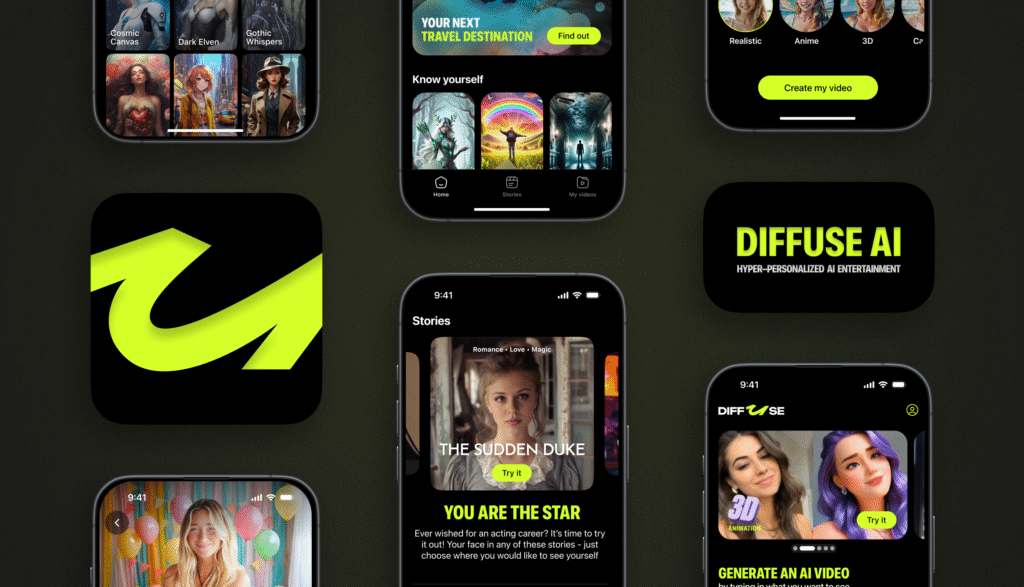The intersection of Artificial Intelligence (AI) and game design has ushered in a transformative era for the gaming industry. From building immersive storylines to dynamically generating game worlds, AI is no longer just a background system running enemy behavior—it’s a full-fledged collaborator. As game developers leverage AI to improve realism, personalization, and player engagement, the line between scripted experiences and adaptive gameplay continues to blur.
Here’s a closer look at five powerful ways AI is revolutionizing game design, along with real-world examples that highlight its impact in 2025.
AI as a Creative Game Designer
Traditionally, designing levels, quests, and in-game events has been a manual, labor-intensive process requiring large teams and hours of iteration. Now, AI is changing that by becoming a tool for procedural content creation. AI algorithms can intelligently generate levels, puzzles, environments, and even mission objectives by analyzing player behavior and optimizing for engagement.
Real Example: Minecraft + AI Mods
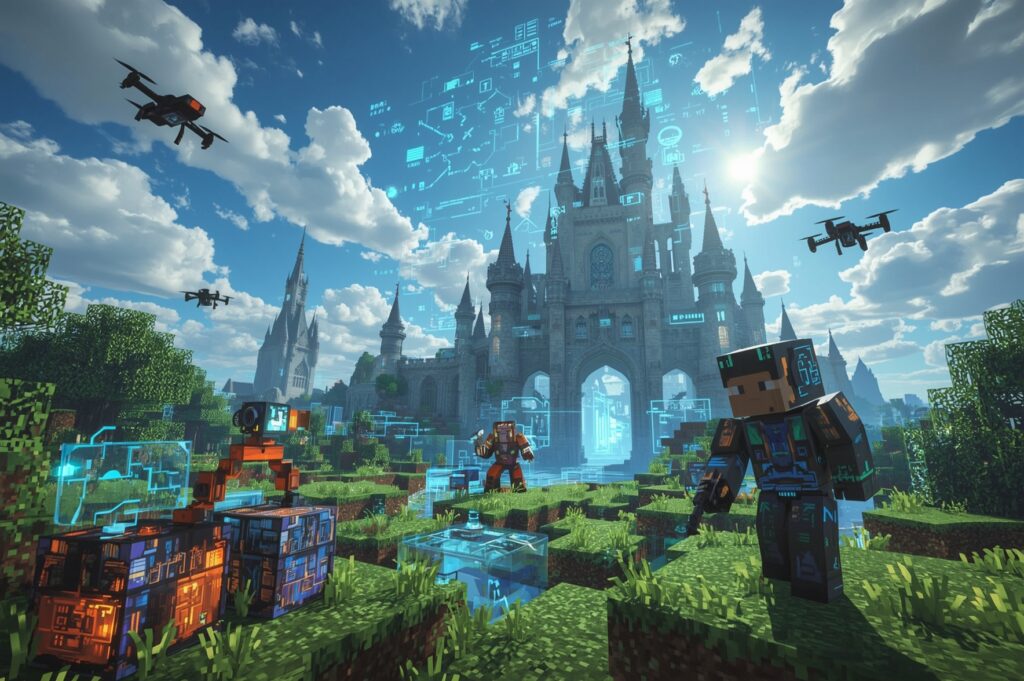
The wildly popular game Minecraft now supports AI-driven mods like GPT-MC, which uses natural language processing to let players build, explore, and interact using voice or text. Players can simply type, “Build me a futuristic city,” and the mod will generate a structure block by block using OpenAI’s models. This shifts AI from a passive element to an active co-creator.
Why This Matters:
- Greatly reduces development time
- Empowers smaller indie studios with fewer resources
- Allows player-generated content on a new scale
- Encourages creativity and replayability through limitless configurations
AI-Powered Storytelling & Dynamic Dialogue
Narratives in games have historically been static. Players choose from pre-written dialogue trees, which often result in repetitive or predictable interactions. AI has changed that. With large language models like GPT-4 and beyond, developers are now crafting NPCs (non-playable characters) that can converse dynamically, respond to context, and even evolve based on player choices.
Real Example: AI Dungeon
AI Dungeon was one of the first games to fully implement AI-generated storytelling using GPT-3 and now GPT-4. Instead of selecting from pre-written choices, players can type anything, and the game responds with a unique continuation of the story. This level of agency makes the experience feel more personal and less scripted.
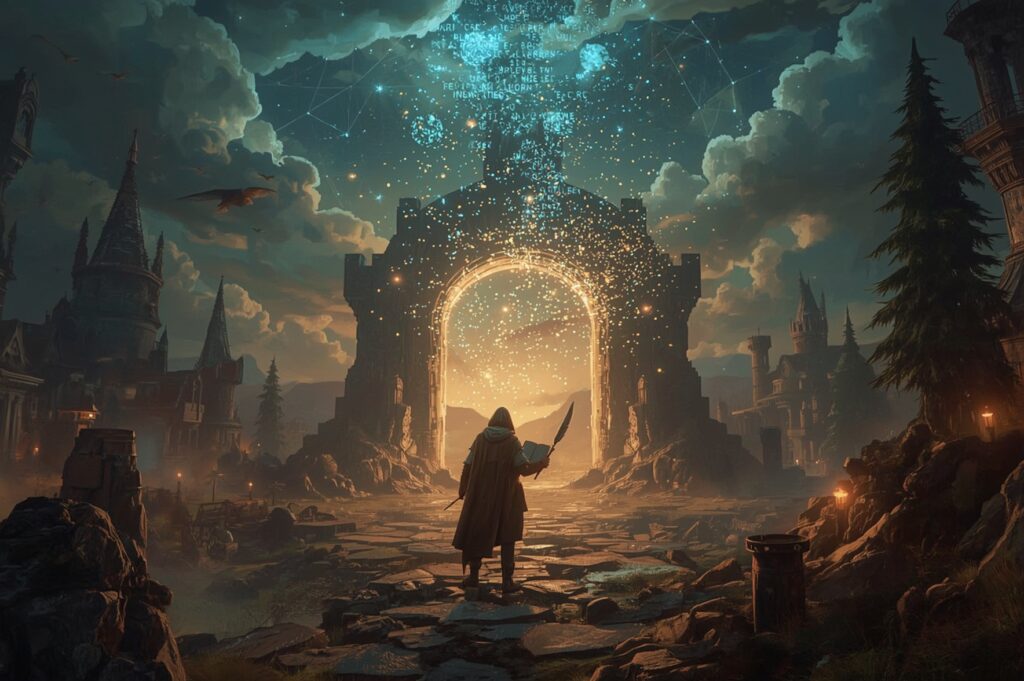
Benefits:
- Deepens immersion by making interactions feel natural
- Enables infinite branching storylines
- Empowers player creativity
- Helps developers create more engaging role-playing games without massive writing teams
Procedural World Generation Enhanced by AI
Procedural generation is not new in gaming, but AI has significantly advanced it. Where older techniques created random and sometimes jarring environments, AI can now analyze environmental logic and aesthetic harmony to create believable, beautifully rendered worlds that evolve based on player choices.
Real Example: No Man’s Sky with AI Texture Synthesis
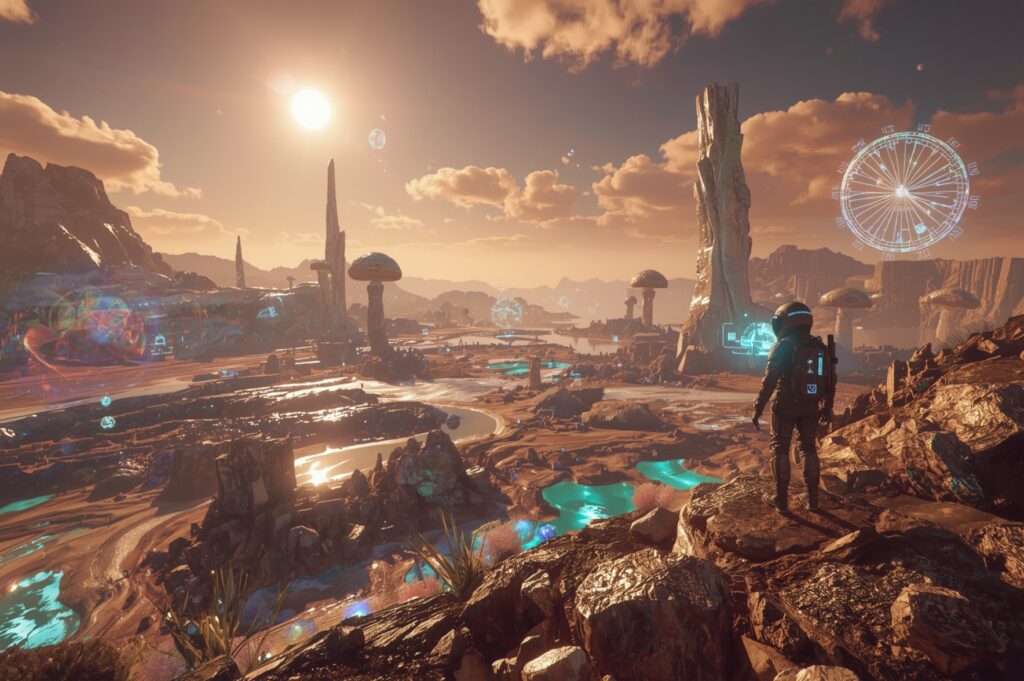
No Man’s Sky uses procedural generation to create billions of planets, and with AI tools, it now produces more realistic textures, improved terrain logic, and better environmental storytelling. Developers are also using machine learning models to generate flora and fauna based on ecosystem rules, making each planet feel unique and alive.
Impact:
- Reduces the manual effort for vast world-building
- Ensures consistency and believability across large open worlds
- Makes it possible to offer every player a unique journey
- Paves the way for player-specific environments based on preferences or behavior
Smarter NPCs and Adaptive Gameplay
AI is redefining how NPCs behave and evolve during gameplay. Gone are the days of enemies running in preset patterns. Now, NPCs can learn from your playstyle, adapt their strategies, and react more realistically to changing situations. This elevates gameplay from simply defeating enemies to outsmarting them in dynamic situations.
Real Example: Middle-Earth: Shadow of Mordor’s Nemesis System
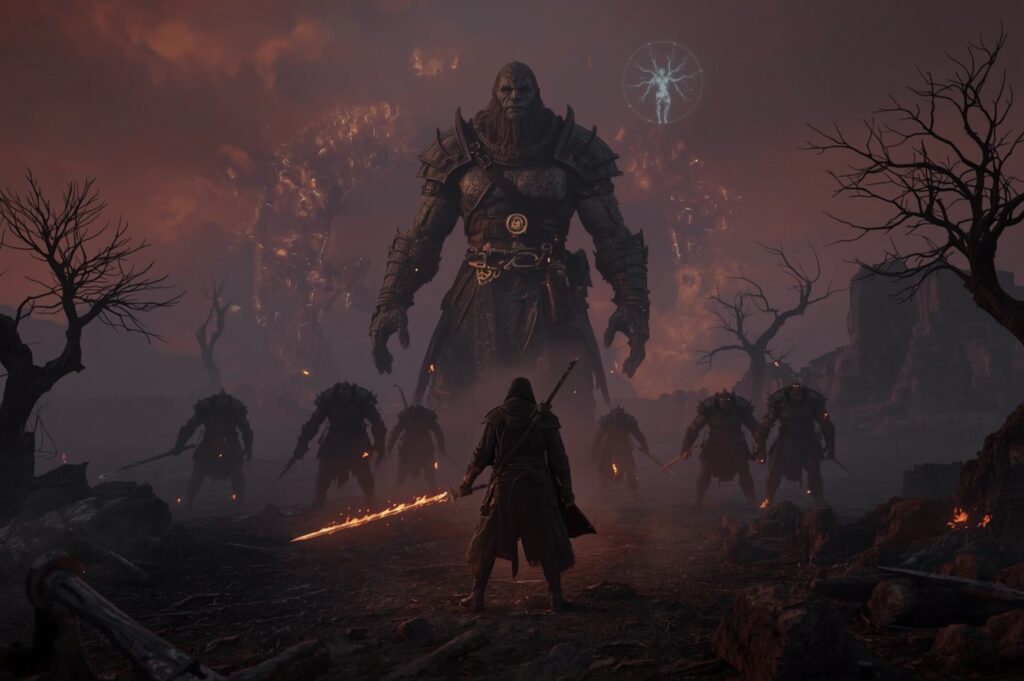
This system tracks your interactions with enemies. If you injure or spare a foe, they may come back stronger, with a grudge, and even comment on your past battles. Their skills and tactics change based on your behavior. The result? A personalized storyline where each enemy feels like a real adversary with memory and emotion.
Why It Works:
- Increases replayability by ensuring unique playthroughs
- Creates emotional engagement by giving NPCs “personality”
- Encourages strategic gameplay by keeping players on their toes
- Ideal for action-adventure, RPG, and open-world games
AI-Assisted Art, Animation, and Visual Design
One of the most time-consuming aspects of game development is creating art and animations. From character facial expressions to intricate environmental textures, artists often spend weeks perfecting designs. AI tools now assist in these areas by generating realistic assets and animations in a fraction of the time, based on text descriptions or initial sketches.
Real Example: NVIDIA Omniverse Audio2Face
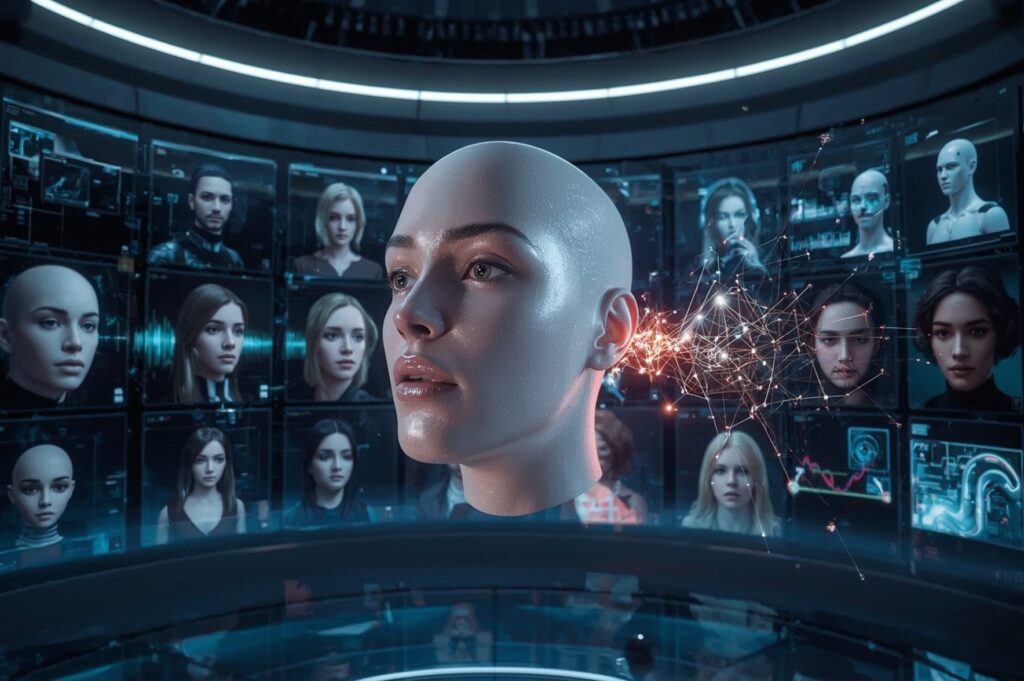
This tool enables developers to generate lifelike facial animations from a simple audio clip. Imagine a character lip-syncing perfectly to voice lines—without motion capture. The animation dynamically adapts to tone, emotion, and speech rhythm, helping indie developers achieve AAA-quality character interaction.
Other Tools Used:
- Runway ML for generating visual effects and concept art
- Leonardo AI for character sprite generation
- Scenario for visual consistency across large asset libraries
Benefits:
- Speeds up content production pipelines
- Reduces reliance on expensive hardware like motion capture suits
- Allows developers to experiment with more visual styles
- Makes it easier to localize and adapt games for global audiences

